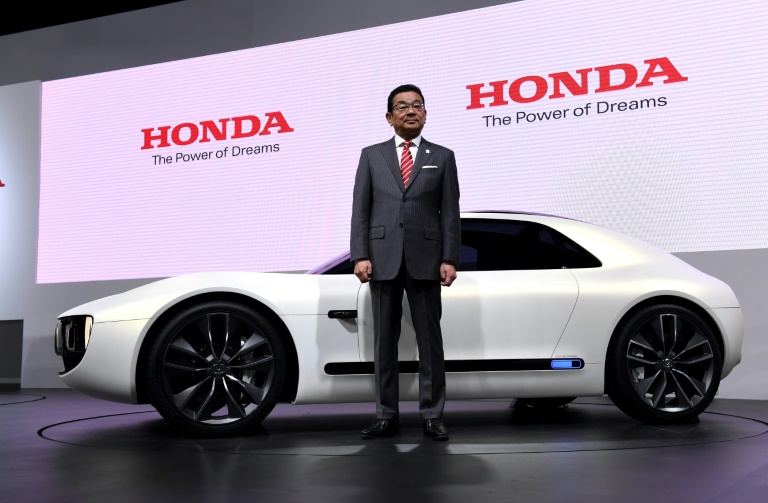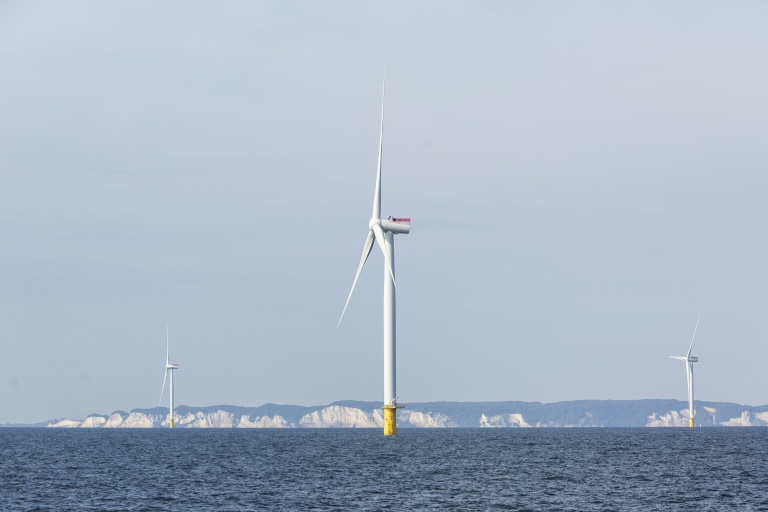Asian markets fell again Friday after forecast-beating US data fuelled expectations that the Federal Reserve will lift interest rates well into next year.
A glum warning from top chipmaker Micron and worries about China’s surging Covid cases added to the less-than-Christmassy mood on trading floors.
Investors have been on a rollercoaster ride this month with slowing inflation and an easing of monetary policy hikes offset by central bank warnings that borrowing costs will likely have to go higher than expected.
Those worries were increased by the Bank of Japan’s shock decision this week to move away from its ultra-loose monetary policy, increasing bets on an even more restrictive investment environment in 2023.
Wall Street’s three main indexes ended well in the red Thursday after revised figures showed the world’s biggest economy grew a lot more in July-September than first thought, while jobless claims rose less than expected last week.
The readings suggested that despite almost a year of rate hikes and soaring inflation, activity remained strong and the Fed had much more work to do.
That came as Micron Technology said the industry’s worst supply glut for more than 10 years meant it would struggle to return to profit next year.
It also saw a big drop in sales and a heftier loss than forecast this quarter.
“The Grinch selloff is firmly in place after Micron delivered a gloomy outlook and as better-than-expected US economic data supported the Fed’s case for more ongoing rate increases,” said OANDA’s Edward Moya.
“Global coordinated central bank tightening has yet to fully impact most of the economic readings for the major economies and that should have investors nervous over earnings downgrades and credit risks.”
The losses in New York extended into Asia, where Tokyo shed more than one percent, with Hong Kong, Shanghai, Sydney, Seoul, Singapore, Wellington, Taipei, Manila and Jakarta also well down.
“The consumer has a lot more strength than I think what the market was pricing in,” Priya Misra, of TD Securities, told Bloomberg Television.
“When the accumulated savings they’ve had since Covid, when that runs out, which we think happens by the middle of next year, that’s when consumer spending slows down.”
Hopes that China’s growth will surge as it rolls back its zero-Covid strategy have been overshadowed by a surge in cases across the country that has kept people at home, and battered travel and economic activity.
“The spike in Covid-19 infection rates following the easing of mobility restrictions will still constrain economic activity in the December-January time frame,” said Guan Yi Low, at M&G Investments.
Still, expectations that demand for crude will pick up in the new year, as well as a drop in US stockpiles, is providing healthy support to the commodity, with both main contracts rising about five percent this week.
– Key figures around 0230 GMT –
Tokyo – Nikkei 225: DOWN 1.1 percent at 26,210.69 (break)
Hong Kong – Hang Seng Index: DOWN 0.6 percent at 19,570.98
Shanghai – Composite: DOWN 0.5 percent at 3,041.16
Dollar/yen: UP at 132.75 yen from 132.36 yen on Thursday
Euro/dollar: UP at $1.0604 from $1.0598
Pound/dollar: UP at $1.2045 from $1.2036
Euro/pound: UP at 88.05 pence from 88.02 pence
West Texas Intermediate: UP 1.5 percent at $78.62 per barrel
Brent North Sea crude: UP 1.4 percent at $82.07 per barrel
New York – DOWN 1.1 percent at 33,027.49 (close)
London – FTSE 100: DOWN 0.4 percent at 7,469.28 (close)

 Business5 months ago
Business5 months ago
 Business4 months ago
Business4 months ago
 Events6 months ago
Events6 months ago
 People4 months ago
People4 months ago
 Events3 months ago
Events3 months ago




